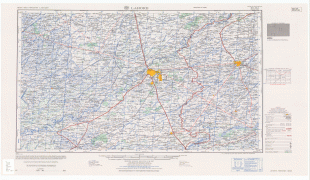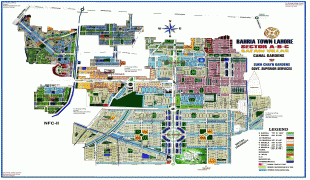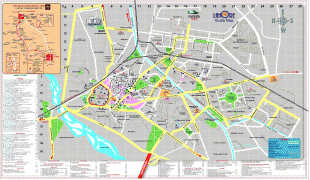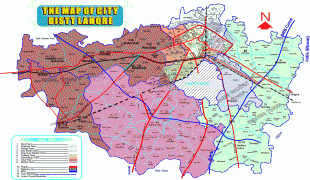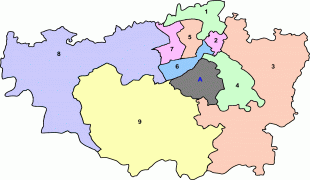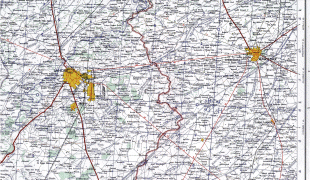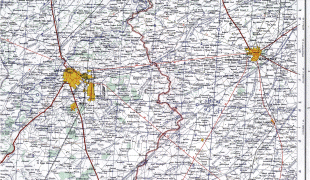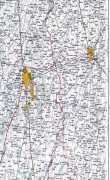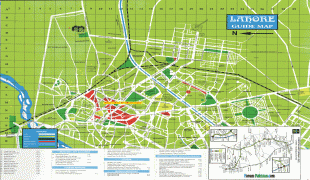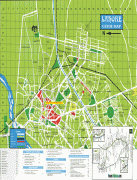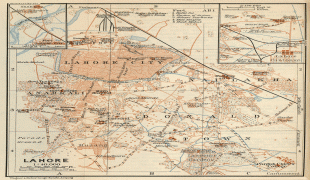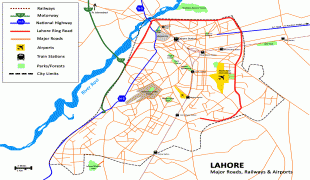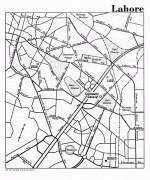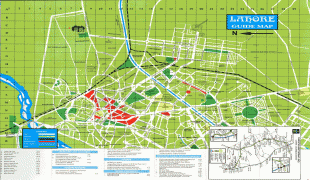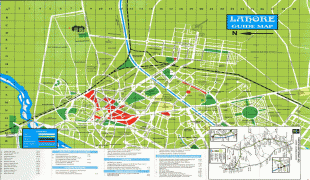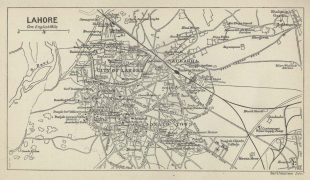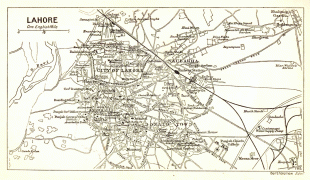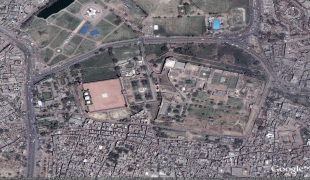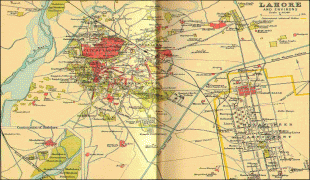Lahore
 |
Lahore's origins reach into antiquity. The city has been inhabited for at least two millennia, although it rose to prominence in the 10th century. Lahore was the capital of multiple empires throughout its history, including the Hindu Shahis, Ghaznavids, and Delhi Sultanate in the medieval era. Lahore reached the height of its splendor under the Mughal Empire between the late 16th and early 18th century and served as its capital city for many years. The city was captured by the forces of the Afsharid ruler Nader Shah in 1739. Although the Mughal authority was re-established, it fell into a period of decay while being contested among the Afghans and the Sikhs between 1748 and 1798. Lahore eventually became the capital of the Sikh Empire in the early 19th century, regaining some of its lost grandeur. Lahore was annexed to the British Raj in 1849 and became the capital of British Punjab. Lahore was central to the independence movements of both India and Pakistan, with the city being the site of both the declaration of Indian Independence and the resolution calling for the establishment of Pakistan. It experienced some of the worst riotings during the Partition period preceding Pakistan's independence. Following the success of the Pakistan Movement and the subsequent partition of British India in 1947, Lahore was declared the capital of Pakistan's Punjab province.
Lahore exerts a strong cultural influence over Pakistan. A UNESCO City of Literature and major center for Pakistan's publishing industry, Lahore remains the foremost center of Pakistan's literary scene. The city is also a major centre of education in Pakistan, with some of Pakistan's leading universities based in the city. For many years, Lahore was home to Pakistan's film industry, Lollywood, though in recent years most filming has shifted to Karachi. Lahore is a major centre of Qawwali music. The city also hosts much of Pakistan's tourist industry, with major attractions including the Walled City, the famous Badshahi and Wazir Khan mosques, as well as several Sikh and Sufi shrines. Lahore is also home to the Lahore Fort and Shalimar Gardens, both of which are UNESCO World Heritage Sites.
The origin of Lahore's name is unclear. The city's name has been variously recorded by early Muslim historians as Luhawar, Lūhār, and Rahwar. The Iranian polymath and geographer, Abu Rayhan Al-Biruni, referred to the city as Luhāwar in his 11th century work, Qanun, while the poet Amir Khusrow, who lived during the Delhi Sultanate period, recorded the city's name as Lāhanūr. Yaqut al-Hamawi records the city's name as Lawhūr, mentioning that it was famously known as Lahāwar. Persian historian Firishta mentions the city as Alahwar in his work, with al-Ahwar being another variation.
One theory suggests that Lahore's name is a corruption of the word Ravāwar, as R to L shifts are common in languages derived from Sanskrit. Ravāwar is the simplified pronunciation of the name Iravatyāwar, a name possibly derived from the Ravi River, known as the Iravati River in the Vedas. Another theory suggests the city's name may derive from the word Lohar, meaning "blacksmith".
According to an apocryphal Hindu legend, Lahore's name derives from Lavpur or Lavapuri ("City of Lav"), and is said to have been founded by Prince Lav, the son of Sita and Rama. The same account attributes the founding of nearby Kasur to his twin brother Kusha, though it was actually established in the 16th century.
Map - Lahore
Map
Country - Pakistan
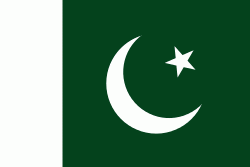 |
 |
| Flag of Pakistan | |
Pakistan is the site of several ancient cultures, including the 8,500-year-old Neolithic site of Mehrgarh in Balochistan, the Indus Valley civilisation of the Bronze Age, the most extensive of the civilisations of the Afro-Eurasia, and the ancient Gandhara civilization. The region that comprises the modern state of Pakistan was the realm of multiple empires and dynasties, including the Achaemenid; briefly that of Alexander the Great; the Seleucid, the Maurya, the Kushan, the Gupta; the Umayyad Caliphate in its southern regions, the Hindu Shahis, the Ghaznavids, the Delhi Sultanate, the Mughals, the Durranis, the Omani Empire, the Sikh Empire, British East India Company rule, and most recently, the British Indian Empire from 1858 to 1947.
Currency / Language
| ISO | Currency | Symbol | Significant figures |
|---|---|---|---|
| PKR | Pakistani rupee | ₨ | 2 |
| ISO | Language |
|---|---|
| EN | English language |
| PA | Panjabi language |
| PS | Pashto language |
| SD | Sindhi language |
| UR | Urdu |






